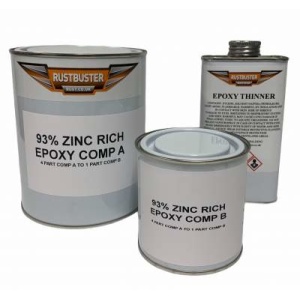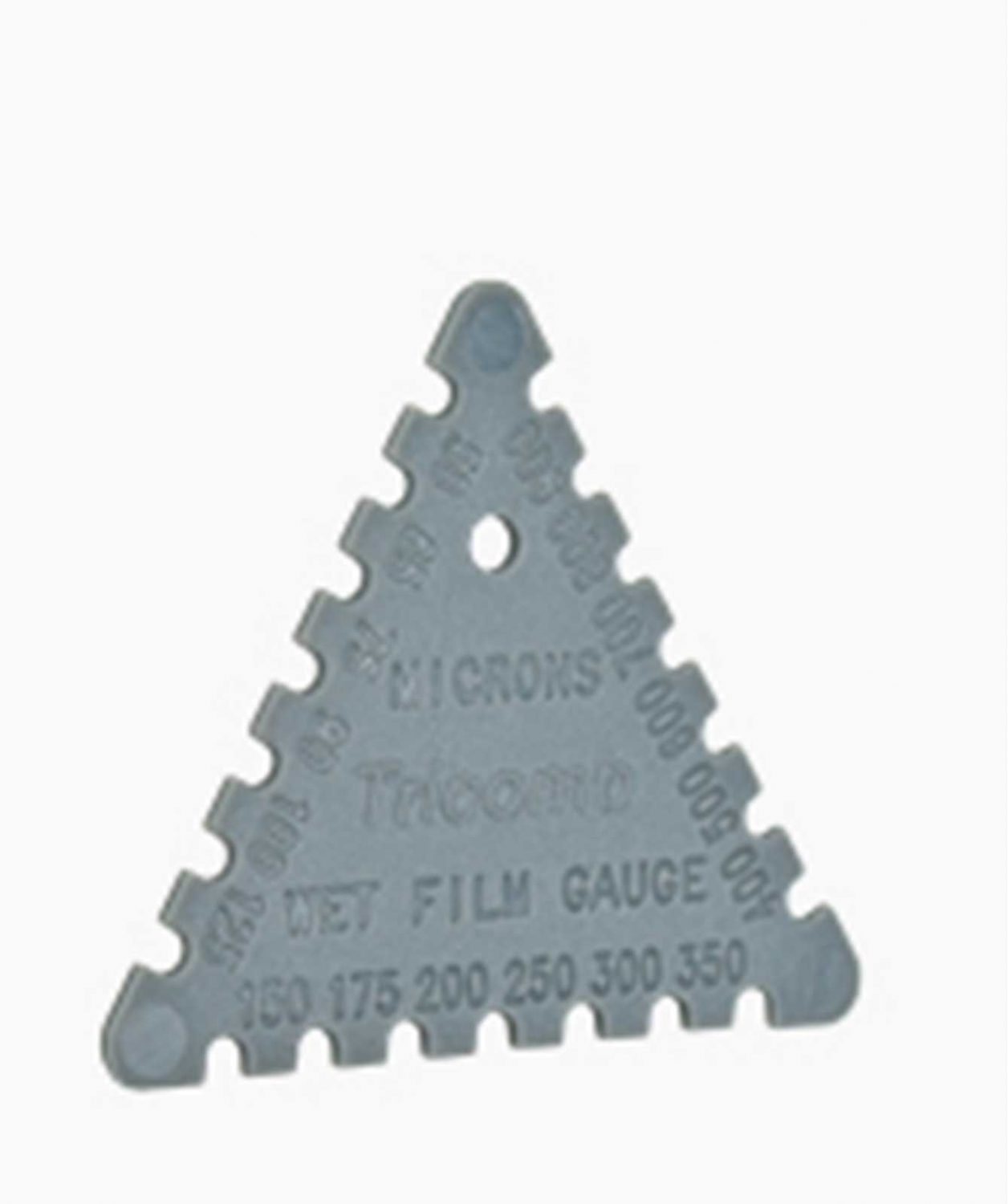So, you’ve taken the decision to fully restore your classic and have sent the vehicle to be blast cleaned. When sending the vehicle for blast cleaning you have instructed them the blast clean to SA2.5 minimum at a minimum of 40-70 microns blast profile as you intend to use the best coating system possible.
EPOXY-ANODE zinc rich epoxy primer offers the very best in Cathodic and Barrier protection to Blast cleaned steel. To form part of a paint system with EPOXY-MASTIC or CUSTOM EPOXY 421 and other high-performance coatings within our range.
Cathodic Protection is used to control the corrosion of a metal surface by making it the cathode of an electrochemical cell. This principle connects a metal lesser nobility (Zinc) to one of higher nobility (Steel) this creates a sacrificial metal which in this case is the Zinc.
Epoxy-Anode is a self-repairing primer containing 93% Zinc solids bound into an epoxy resin. If a scratch appears on the steel that goes through the topcoat and primer back to bare metal the zinc in the primer will react with the steel, this reaction will form zinc salts that will heal the scratch maintain the barrier and the steel will not rust.(Cathodic Protection)
Now the chance are that the company who’ve balst clean your vehicle have applied a thin transport primer or phoshated the vehcile. Both of these systems will allow you to apply the Epoxy Anode however remember to remove any salts (Rustbuster Chlor-X) grease,dirt that may have been collected during storage or transport and finaly moisture (Pre-Paint Panel Wipe)
Mix ratio by volume: base to hardener 80:20 (4:1)
2 coats of Epoxy Anode are recommended to a DFT of 60microns



